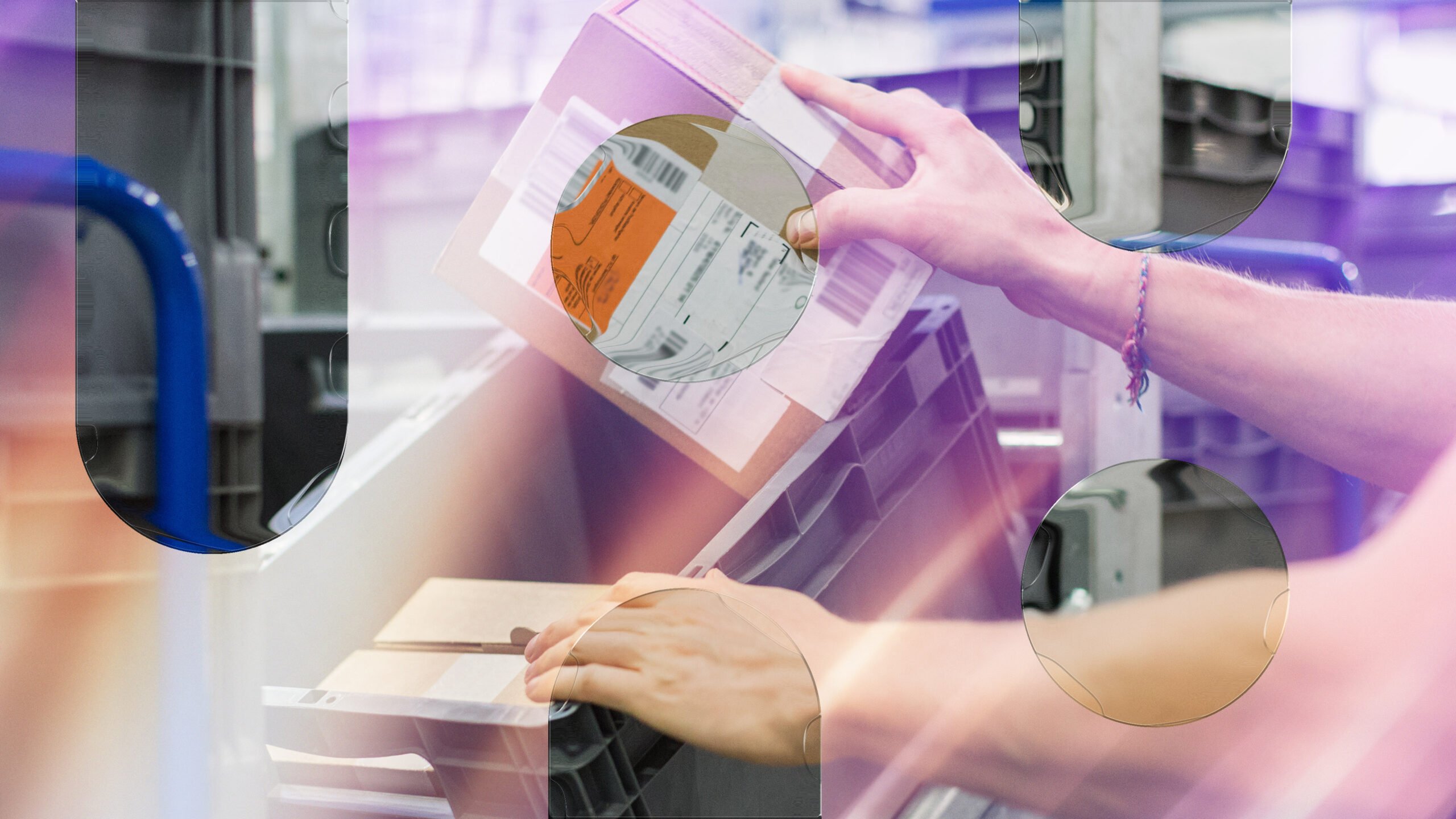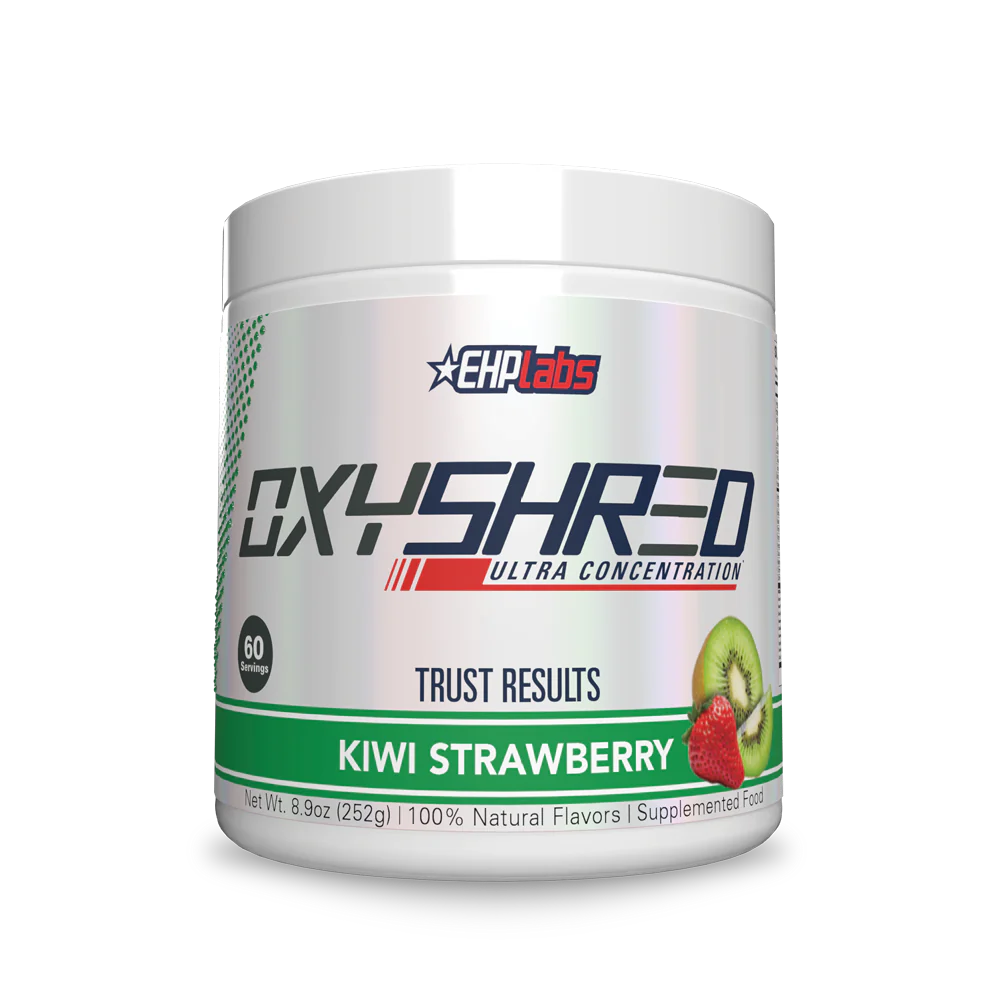Published Mar 5, 2024
Embracing innovation: How to modernize your B2B business processes

- Optimize your ecommerce platform for an improved buying experience.
- Leverage automation for streamlined processes and enhanced scalability.
- Embrace new technologies and automation tools to stay competitive.
Business-to-consumer (B2C) industries have long been the drivers of innovation with business-to-business (B2B) companies trailing behind. But now that B2B buyers have grown accustomed to certain capabilities in their personal lives, they are demanding the same from their B2B vendors. Ease, convenience, and personalization are now requirements.
As a result, many B2B companies are leveraging ecommerce platforms, such as Shopify B2B, Adobe Commerce, BigCommerce B2B, and Salesforce B2B Commerce, to serve their customers. According to a recent Digital Commerce 360 report, B2B ecommerce grew 17% last year with no signs of slowing down.
But a B2B ecommerce platform alone isn’t enough to deliver excellent customer experiences. You need to make sure your platform is optimized and integrated with the rest of your tech stack to ensure smooth and consistent experiences.
Let’s dive into ways you can improve your B2B ecommerce platform, how automation can take your processes to the next level, and ways you can continually innovate and stay ahead of your competitors.
Improve the buying experience
While implementing an ecommerce platform is a step in the right direction, if your site isn’t up to par, it will fall flat. Whether you have one or multiple platforms, they must deliver on the following aspects:
- Personalization: Buyers have come to expect targeted messaging and content that is relevant to them. From personalized product recommendations to targeted search results, you need to make the buying experience fast and easy.
- Multi-platform: Your ecommerce site should make it easy for purchasers to buy your product–whether it’s from a mobile device, laptop, or desktop.
- Navigation and search: The last thing your buyers want is to have to hunt down products on your website. Products should be indexed by keywords that are easily searchable.
Automate your processes
Optimizing your B2B ecommerce site ensures a smooth purchase experience for customers, but failing to integrate it with your tech stack, keeps the purchase data isolated. You’ll need manual tasks to complete the process. This can lead to errors, delays, and ultimately, unhappy customers. Even if manual processes work for your team now, growing order volumes can cause them to quickly fall apart.
Here are a few key processes that you should consider automating to ensure you’re delivering an excellent customer experience across every stage of the buyer journey:
- Order fulfillment: As soon as a customer checks out from your site, that order should be automatically queued into your fulfillment system. This will ensure timely fulfillment and minimize errors from manual data entry.
- Inventory levels: Even if you don’t currently, as your business grows, you will most likely sell across multiple sales channels. As a result, inventory tracking should be automated across all your channels to prevent stockouts.
- Customer communications: Timely, accurate invoicing, sales confirmation, order status information helps maximize customer satisfaction and minimize inbound calls. You should integrate your accounting, order management, fulfillment, and ecommerce systems so that real-time notifications of order and shipment statuses are automatically sent to customers.
The benefits of automation
Once you’ve automated your processes end-to-end, you’ll see a range of benefits that help propel your business into the future and leave you with happy customers. With automation, you can:
- Drive efficiency and scalability
- Respond to market changes and quickly adopt new technologies
- Improve customer relationships
- Reduce costs with optimized inventory management, order management, and regulatory compliance
Keep innovating
The market continues to rapidly evolve, and there are countless new technologies that can help you improve your customer experiences. Adopting these technologies will help you stand out from the competition.
Not sure where to begin? Consider implementing technologies to help you manage complex pricing, offer diverse payment methods, and add one-click purchases. With a modern iPaaS (Integration Platform as a Service), to manage your integrations you can easily integrate new innovative applications and ensure you are able to continue delivering streamlined experiences to your customers.
The key to staying ahead of the curve is being ready to quickly adapt to changes in the market and customer needs. Contact us to start building your automation strategy today.




